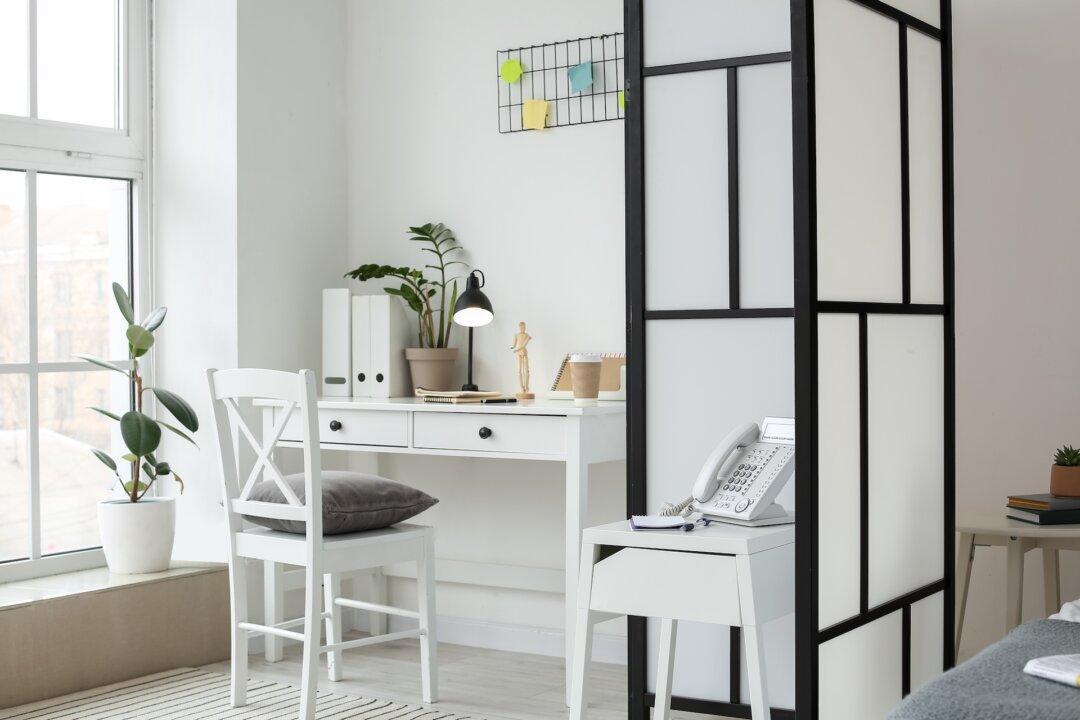Dear James: We are in the design stage of our dream home. Our builder said he builds code houses. What is that, and what design factors should we be concerned about? —Christine N.
Dear Christine: There is nothing wrong with a code house, which is what many builders build to keep costs under control. It just means that the materials and construction techniques being used meet the minimum requirements of local building codes. A hardwood floor might squeak or be a little springy, but it certainly will not fall through.
Since this is going to be your dream home, you likely want some things to be higher-quality than just minimum code. It might be wise to select a builder who does more custom home construction rather than one used to building on a tight budget. This preliminary design stage is the time to discuss your specific ideas with your builder.





